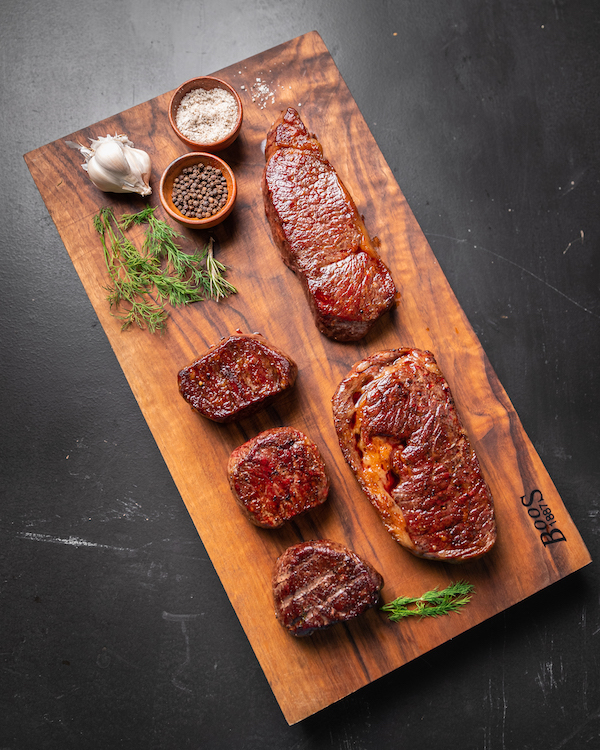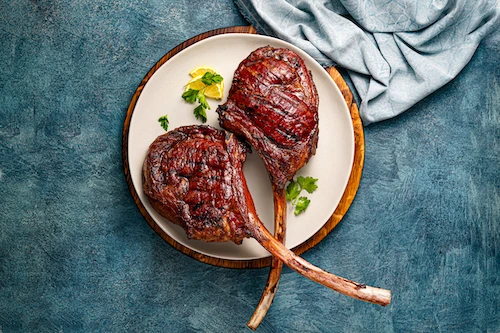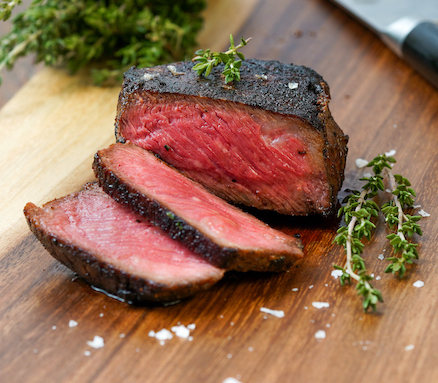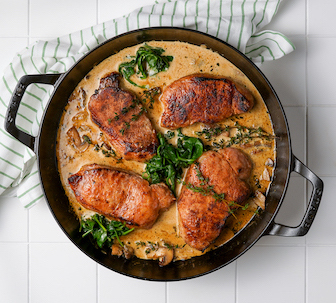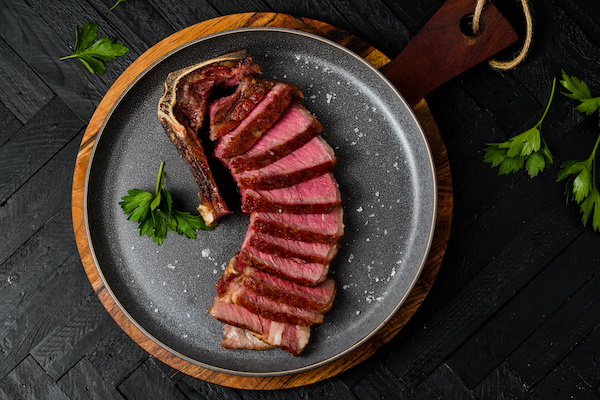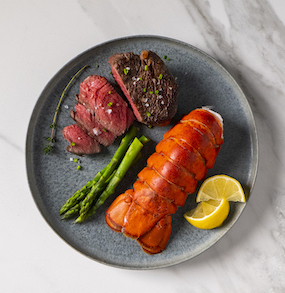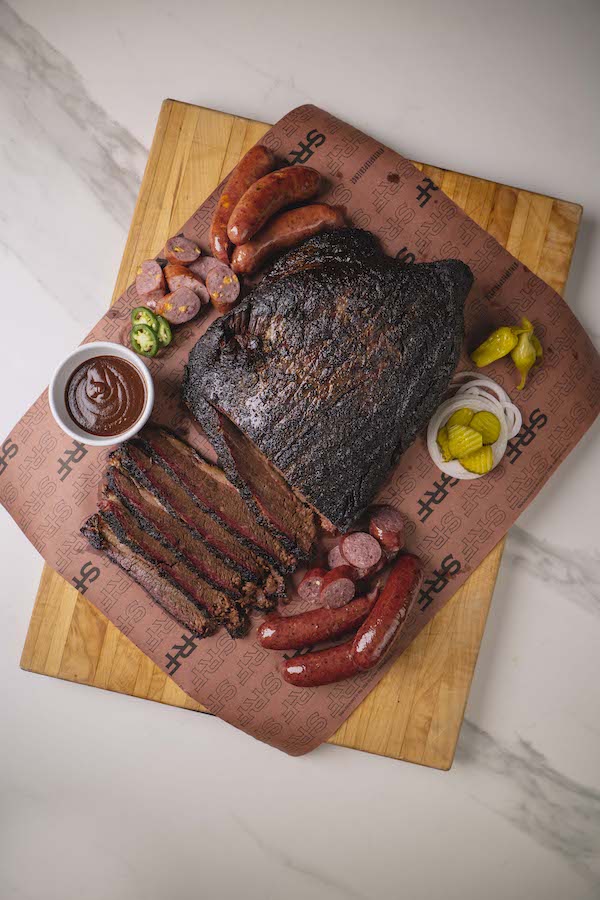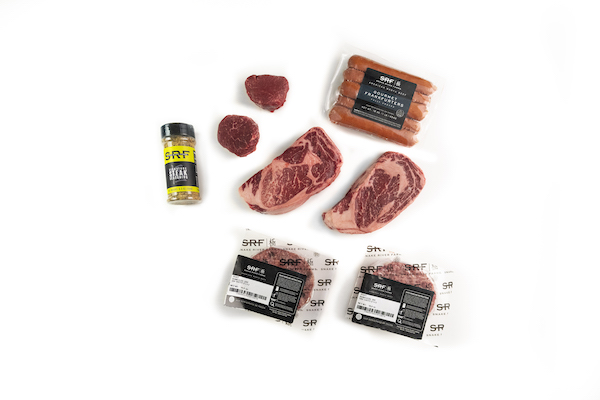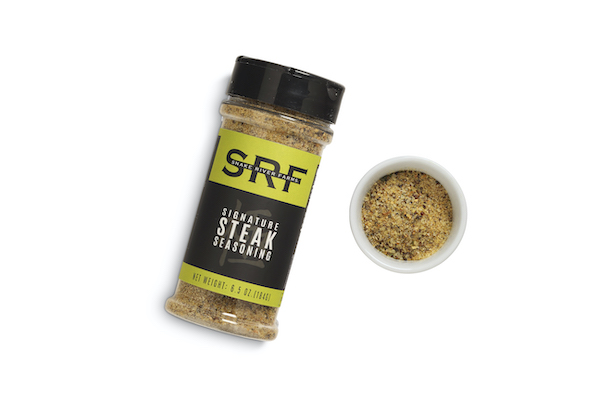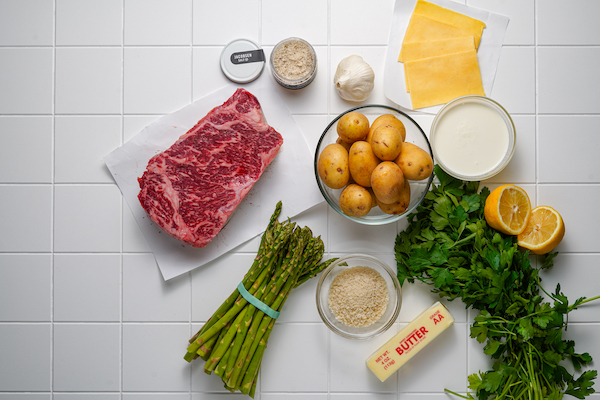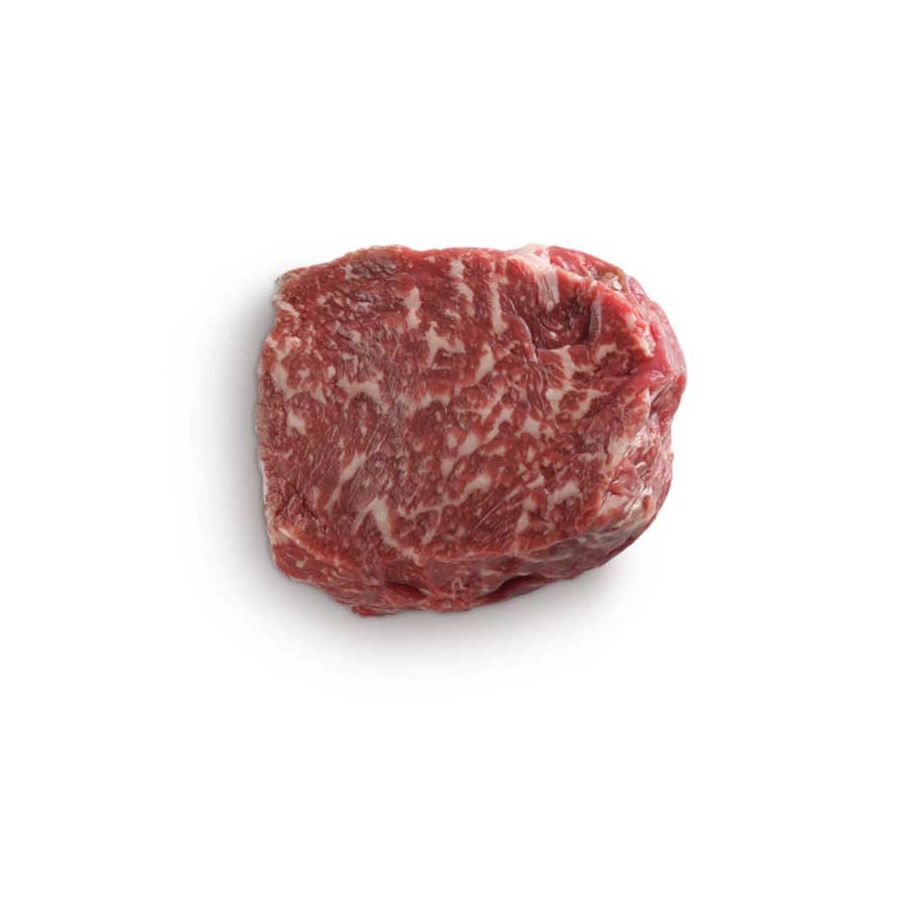Find Your Perfect Ribeye Steak
WHAT'S IN A NAME?
The three most important things about buying real estate are: location, location, location. That logic can be applied to beef! The area of the steer which steaks are cut from largely determines that piece of meat’s qualities and often its name. The first cuts are called Primals, dividing a carcass into eight large sections. Then come Subprimal cuts, which pare each Primal down into steaks, roasts and other familiar pieces.
SHOP RIBEYE FILETS
SHOP TRADITIONAL RIBEYES
Moderate Marbling
 $36.00 As low as $34.20
$36.00 As low as $34.20
Abundant Marbling
 $51.00 As low as $48.45
$51.00 As low as $48.45
High Marbling
 $85.00 As low as $80.75
$85.00 As low as $80.75
Highest Marbling
 $99.00 As low as $94.05
$99.00 As low as $94.05

Ribeyes come from — you guessed it, their namesake — the rib primal. This section runs along the animal’s back, and cuts from this region are often called the “middle meats” because it is nestled between the chuck and loin primals. Muscles in the chuck or shoulder get a lot of use, making the meat there a bit tougher but flavorful. Loin muscles tend to remain very tender; it’s the origin of the filet mignon. Ribeyes hit the sweet spot where tenderness and robust flavor intersect. American Wagyu ribeyes deliver the added prize of superior marbling. Those streaks and flecks of white amid the red muscle liquify when you cook your ribeye, self-marinating it to provide savory richness and buttery texture.
A VARIETY OF RIBEYE OPTIONS
You’ll find many different ribeyes to choose from. They differ mostly in size, but there’s also the bone-in vs. boneless choice. That question boils down to preference and presentation. Here are the American Wagyu ribeye selections:
- Traditional Ribeye - Gold or Black Grade American Wagyu boneless ribeye steaks are hand-cut to 1.5 inches thick and include a large fat cap for big, beefy flavor.
- Cap of Ribeye - This delectable boneless cut graces swanky restaurant menus across the country. Also known as the deckle or ribeye cap steak, it is portioned from the ribeye subprimal.
Rolled Cap of Ribeye - We hand-roll ribeye caps into uniform sizes and secure them with butcher’s twine to showcase the deep marbling of this elegant four-ounce steak. - Ribeye Filet - Take a traditional ribeye, trim away kernel fat and sinew, and you have this abundantly marbled steak in a consistent, manageable size.
- The Tomahawk - For a truly impressive plate, nothing beats this two-plus-inch-thick piece of beef, named for the long, clean bone extending out like an axe handle.
- The Cowboy Steak - Almost as eye-catching as the Tomahawk, the Cowboy keeps a lower profile with a shorter bone but still weighs in at an average of 2.5 pounds.
HOW TO COOK THE PERFECT RIBEYE STEAK
Choosing a cooking method for your ribeye steak depends on the meat’s thickness. Steaks of less than 1.5 inches perform well in high-heat environments like an outdoor grill. Thicker cuts benefit from a slower cook, and we have two options for going that route. Always take your steaks out of the fridge about 30 minutes before cooking to let them rise to room temp. Season them with high-quality salt and pepper or your favorite seasonings before they hit the heat — and don’t forget to let them rest for five to 10 minutes before serving. Slicing against the grain delivers the tenderest bite.
The Steakhouse Method - Watch Chef Hugh Acheson demonstrate this easy method with a cast-iron skillet.
The Reverse Sear - Perfect for the Tomahawk and other thick cuts, this method slowly brings the steak to your desired internal temp in the oven then seals in flavor with a finishing pan sear.
Direct Grilling - Check our pro tips for foolproof grilled steaks that look and taste like the finest item on the menu.


